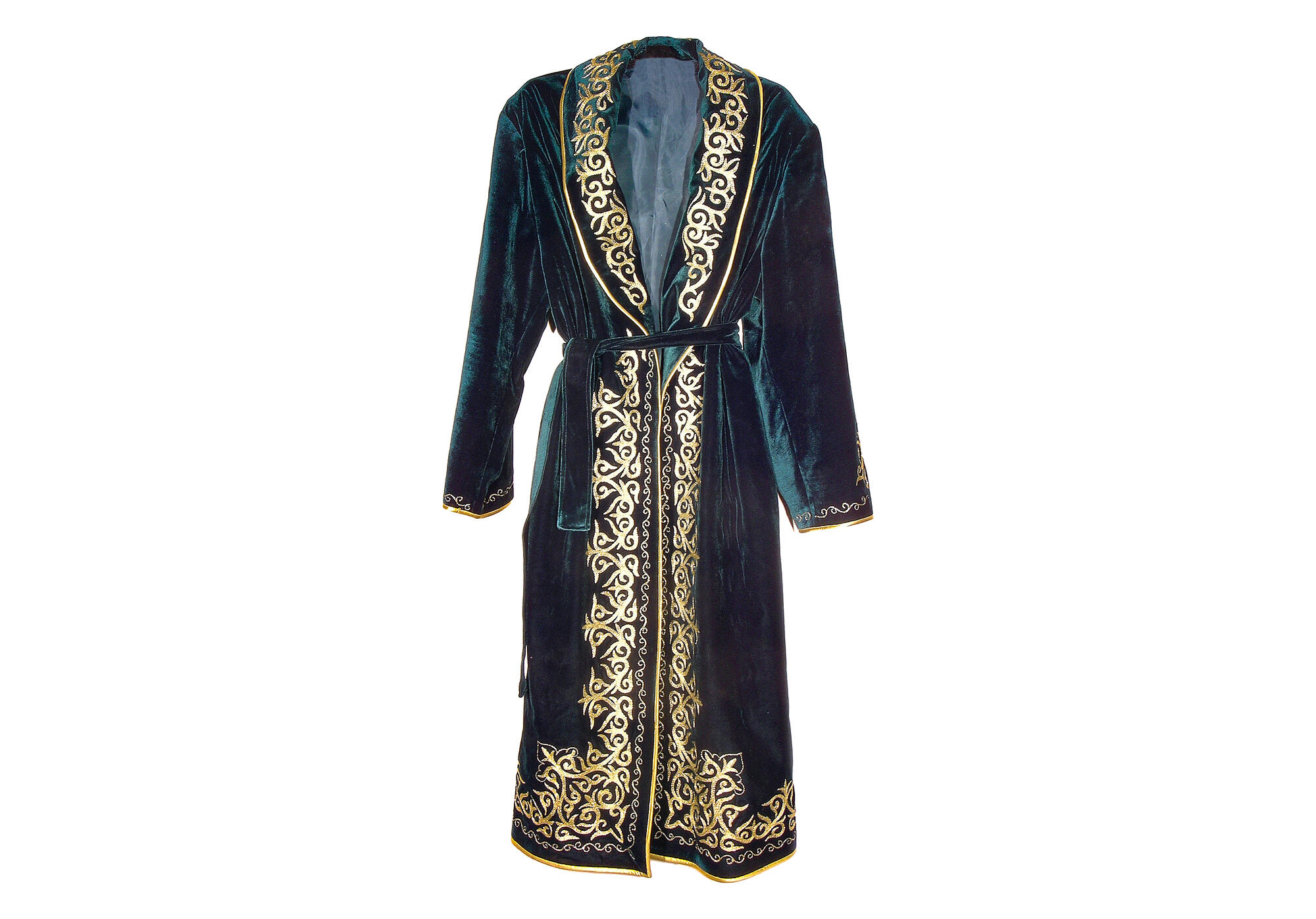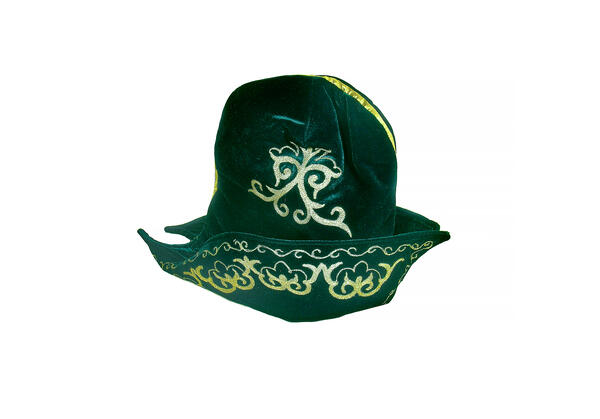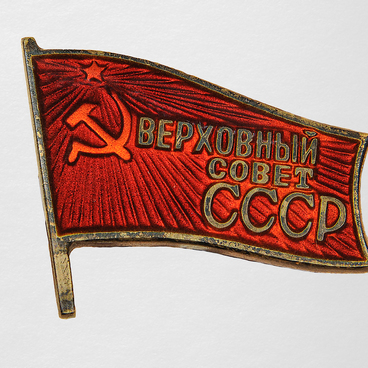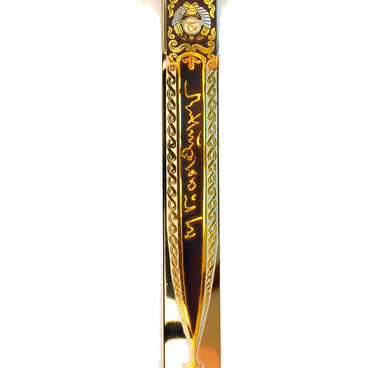The Matai station, where Mikhail Kalashnikov got his first job in 1937 and was recovering from an injury and working on the first sample of weapons in 1941, was located on the Turkestan-Siberian railway on the territory of the Kazakh SSR. Nowadays, the village of Matai is part of the Aksu district of the Almaty region in the Republic of Kazakhstan.
In 1941, Kalashnikov left Matai for Alma-Ata to present his first submachine gun to specialists at the republican military enlistment office. Meetings with a comrade in the pre-war Komsomol work, Joseph Koptev, and the secretary of the Central Committee of the CP (b) of Kazakhstan for the defense industry, Akhmedzhan Kaigushilov, determined Kalashnikov’s fate.
Kalashnikov returned to the Matai station several more times between 1942 and 1943, as well as in 1957 when he took his son to Izhevsk after the tragic death of his first wife Yekaterina Astakhova.
At the beginning of May 2003, at the invitation of the President of Kazakhstan Nursultan Nazarbayev, Mikhail and Viktor Kalashnikov, together with the director of the Zlatoust art workshop “Praktika” Viktor Naumov, visited Alma-Ata, Astana and the Matai station. During this trip, Kalashnikov was presented with a souvenir national weapon consisting of a bow, a quiver with arrows and a whip, as well as a set of traditional clothes — a velvet gown and a headdress.
Kazakh men usually wore a simple shekpen robe and a chapan — a robe lined with a denser fabric — over a thin cloth beshmet. Chapans were made of wool, plush or velvet. In the cold season, chapans were stuffed with wadding or rolled camel hair, and during severe frosts, several dressing gowns were worn, one on top of the other. Several chapans worn at the same time demonstrated the high status and wealth of their owner.
The Kazakh men’s chapan gown, presented to Kalashnikov, is made of green velvet. Its collar, sleeves, back, sides and hem are decorated with traditional embroidery and trimmed with golden edging.
In 1941, Kalashnikov left Matai for Alma-Ata to present his first submachine gun to specialists at the republican military enlistment office. Meetings with a comrade in the pre-war Komsomol work, Joseph Koptev, and the secretary of the Central Committee of the CP (b) of Kazakhstan for the defense industry, Akhmedzhan Kaigushilov, determined Kalashnikov’s fate.
Kalashnikov returned to the Matai station several more times between 1942 and 1943, as well as in 1957 when he took his son to Izhevsk after the tragic death of his first wife Yekaterina Astakhova.
At the beginning of May 2003, at the invitation of the President of Kazakhstan Nursultan Nazarbayev, Mikhail and Viktor Kalashnikov, together with the director of the Zlatoust art workshop “Praktika” Viktor Naumov, visited Alma-Ata, Astana and the Matai station. During this trip, Kalashnikov was presented with a souvenir national weapon consisting of a bow, a quiver with arrows and a whip, as well as a set of traditional clothes — a velvet gown and a headdress.
Kazakh men usually wore a simple shekpen robe and a chapan — a robe lined with a denser fabric — over a thin cloth beshmet. Chapans were made of wool, plush or velvet. In the cold season, chapans were stuffed with wadding or rolled camel hair, and during severe frosts, several dressing gowns were worn, one on top of the other. Several chapans worn at the same time demonstrated the high status and wealth of their owner.
The Kazakh men’s chapan gown, presented to Kalashnikov, is made of green velvet. Its collar, sleeves, back, sides and hem are decorated with traditional embroidery and trimmed with golden edging.




